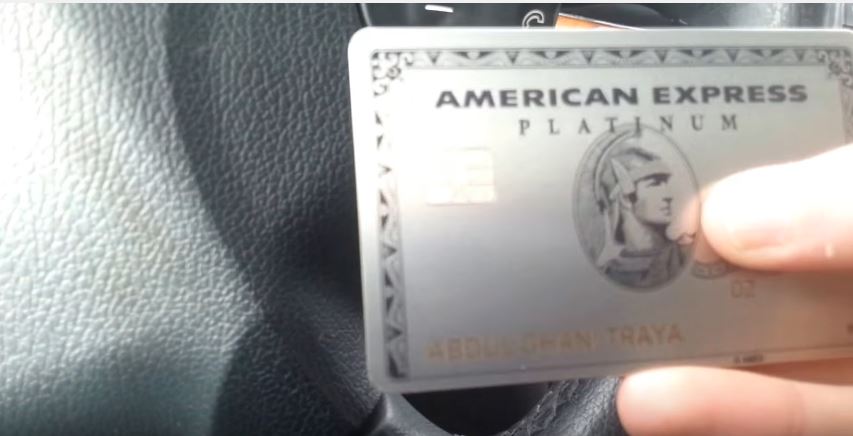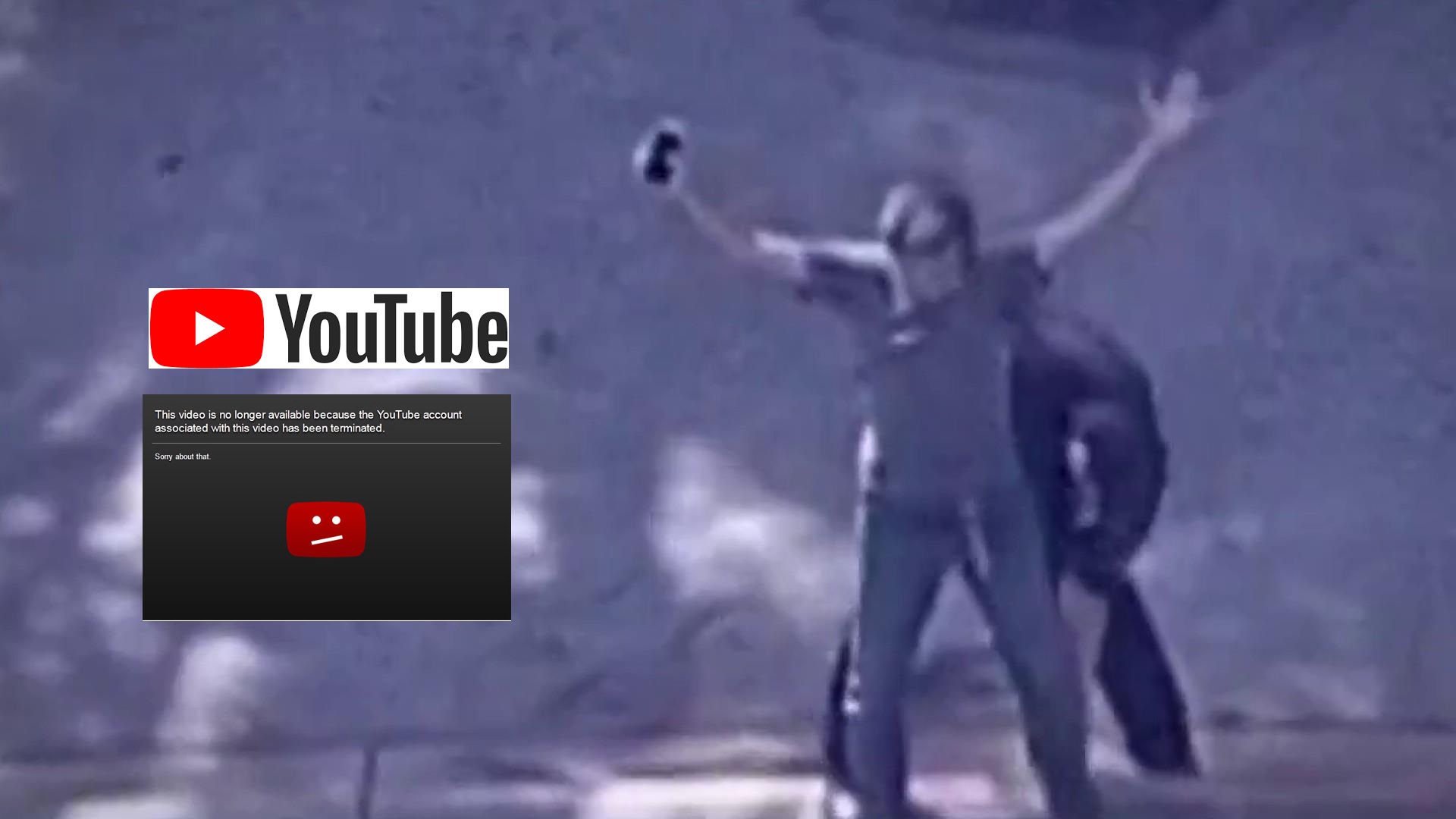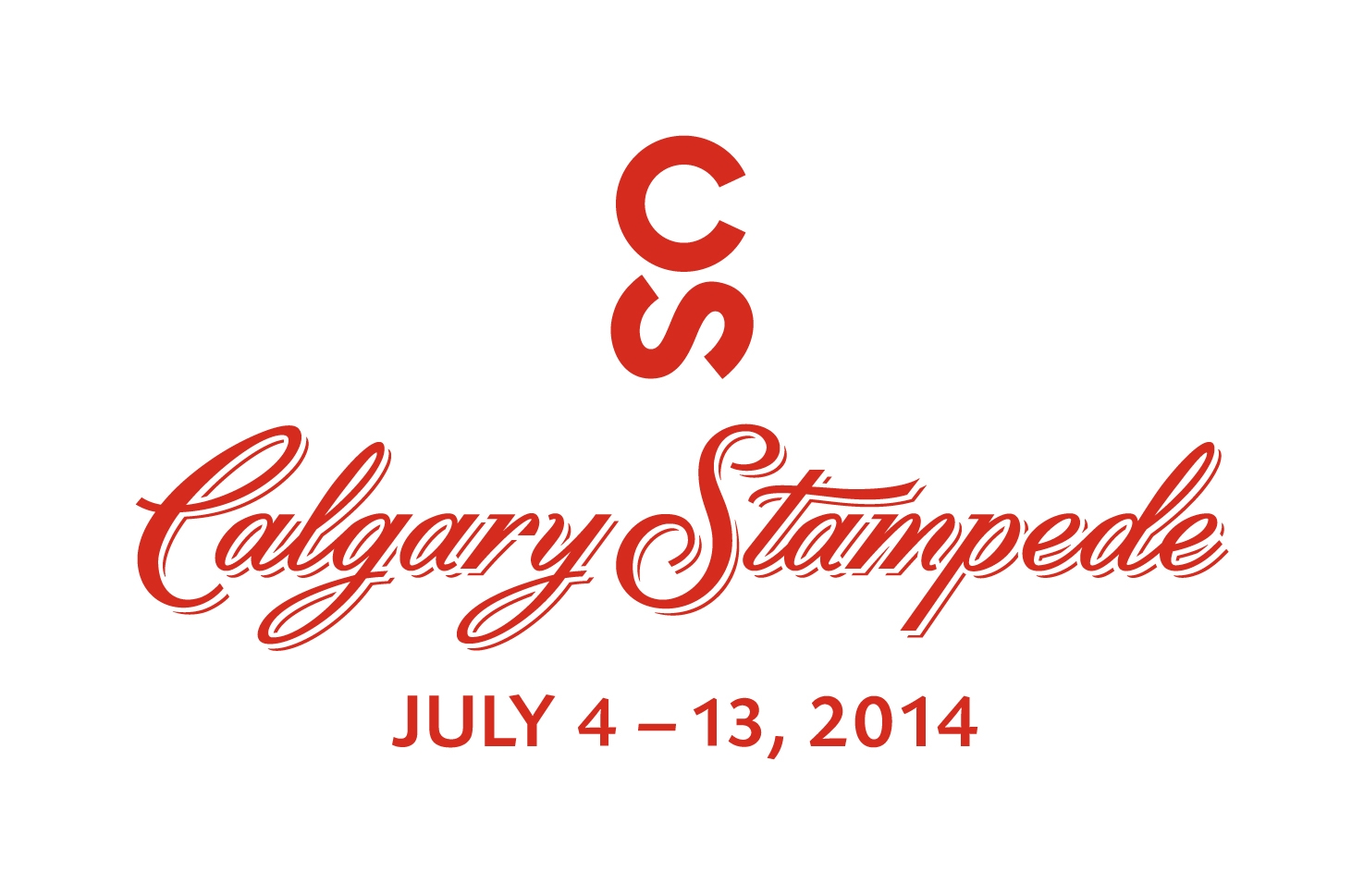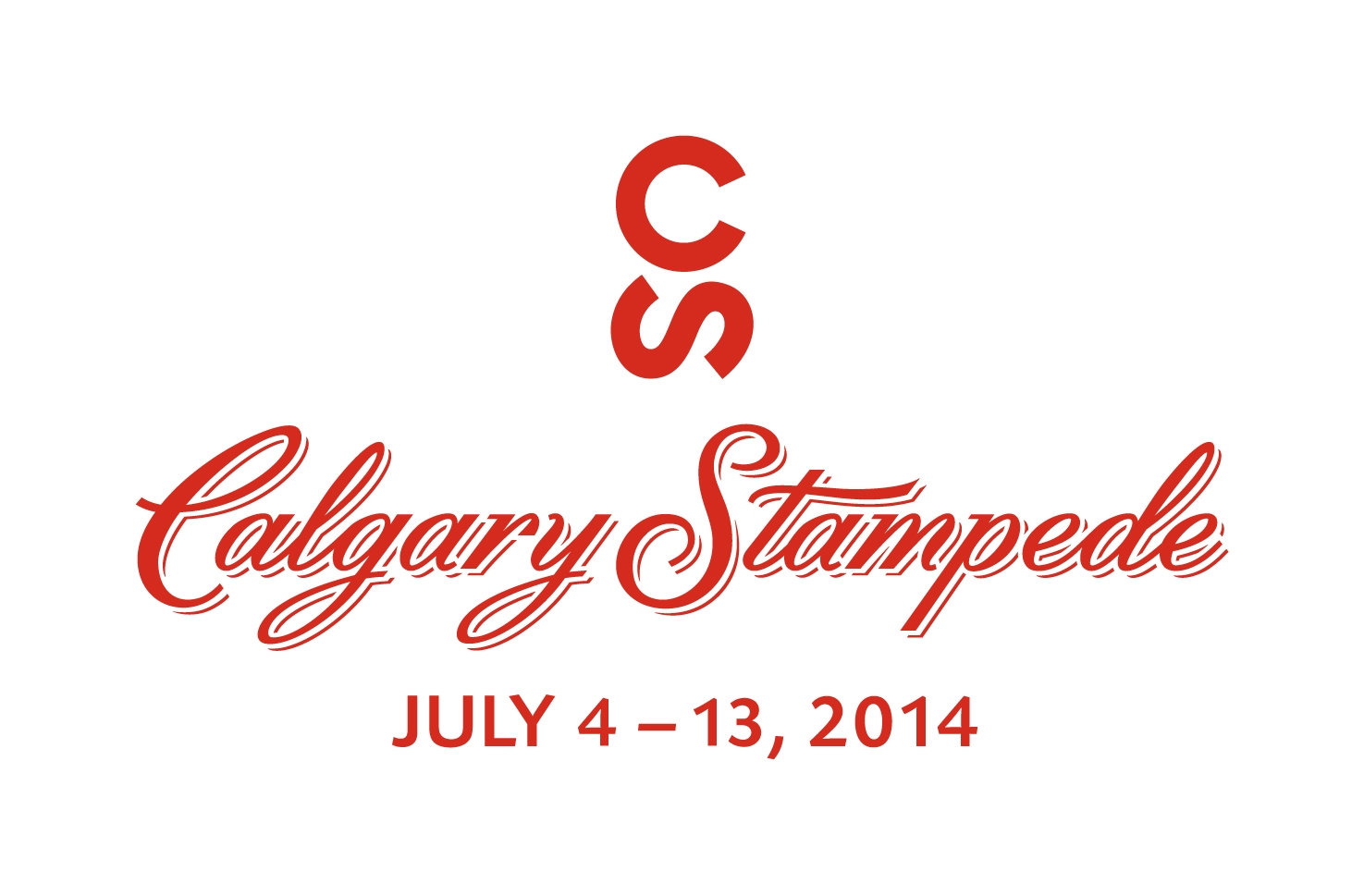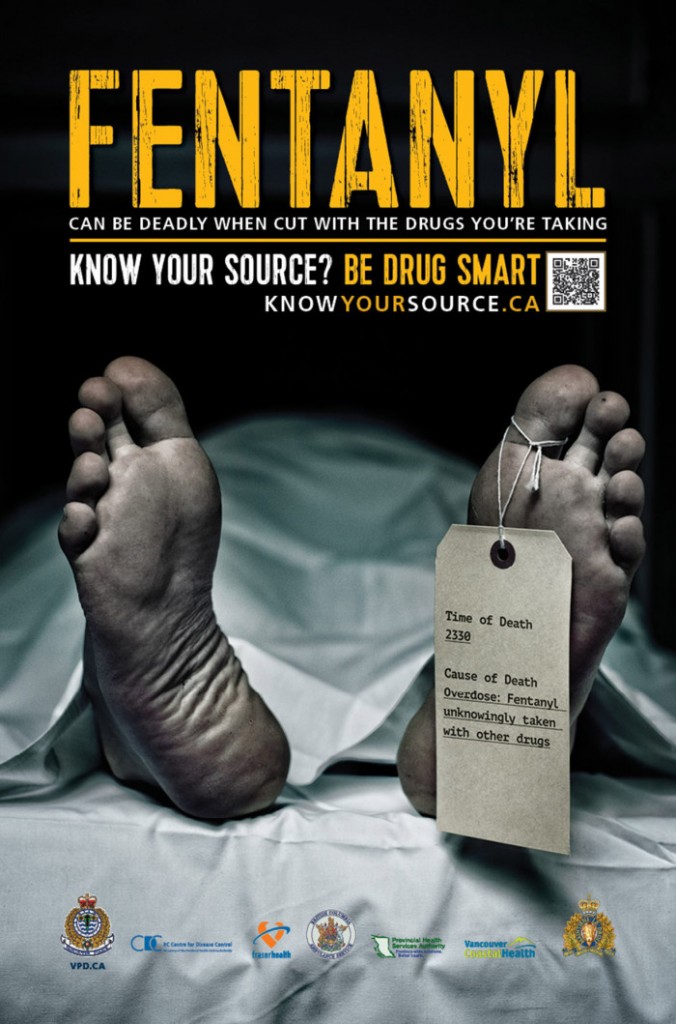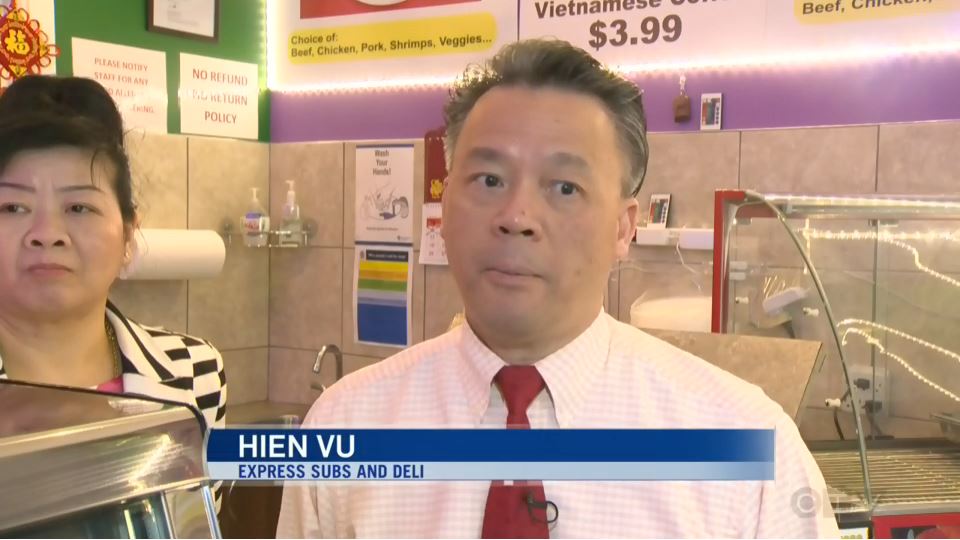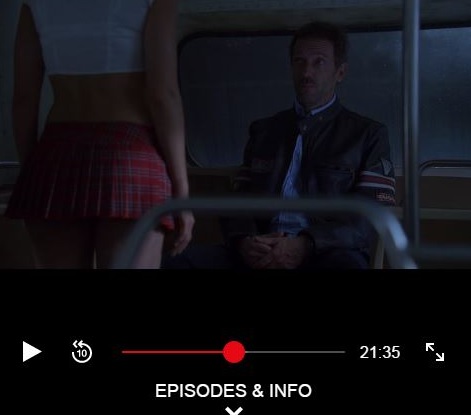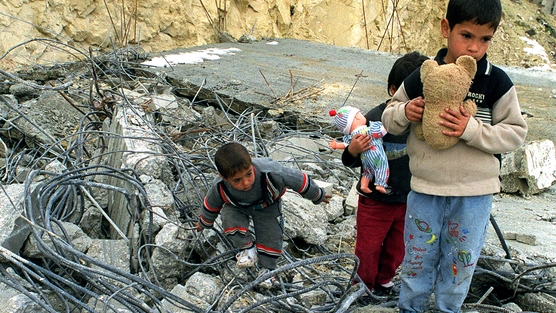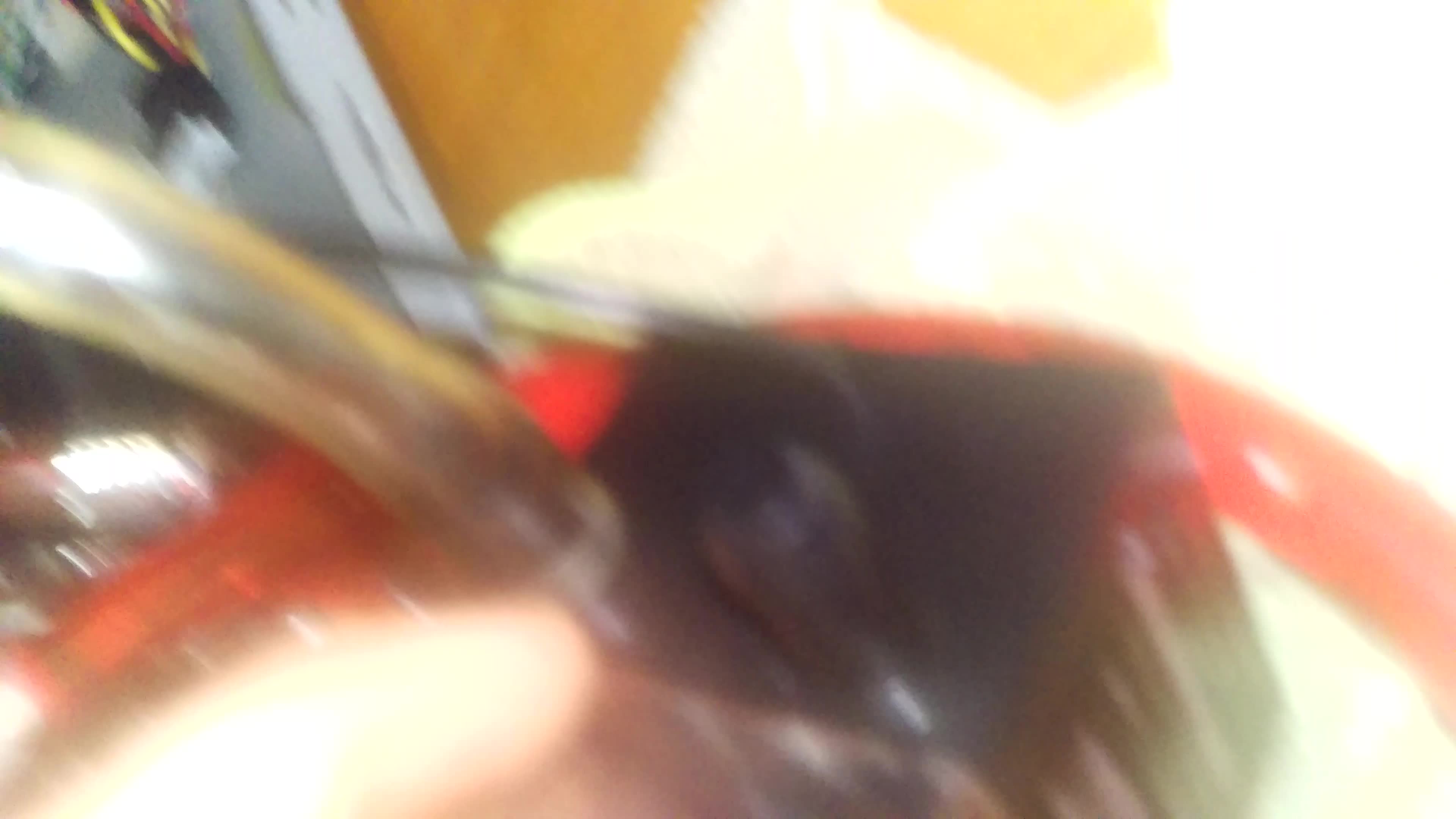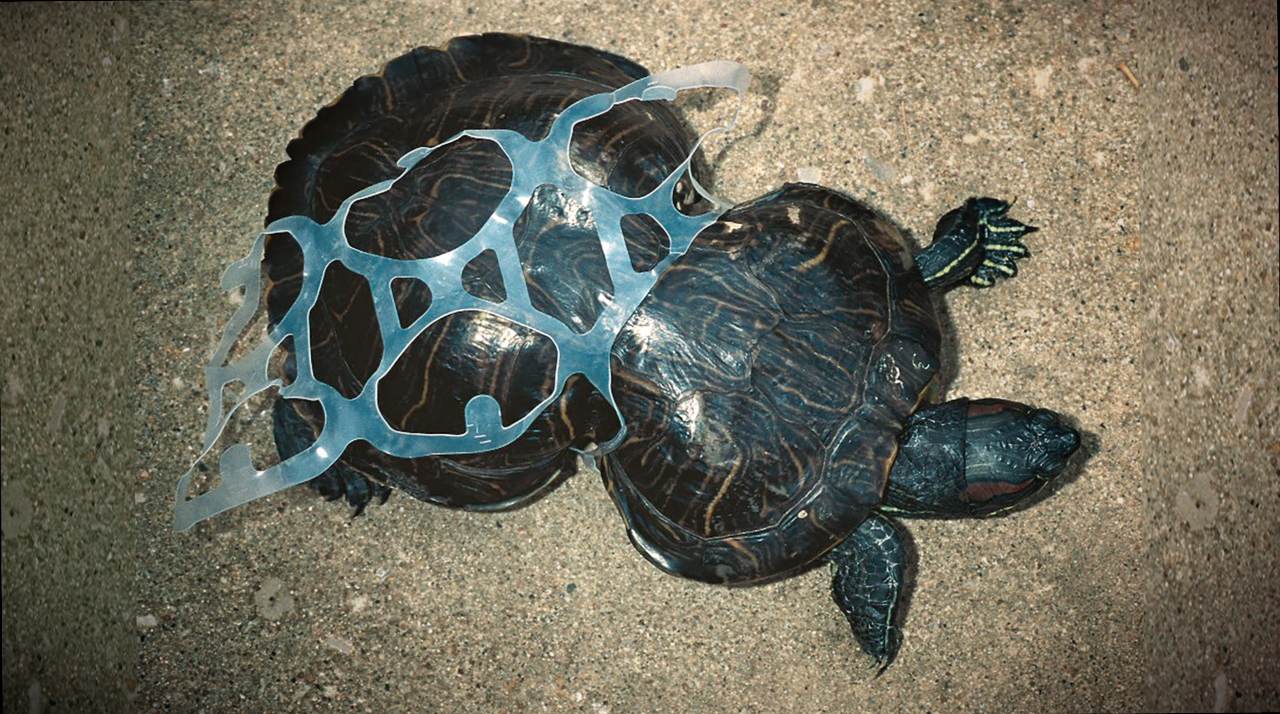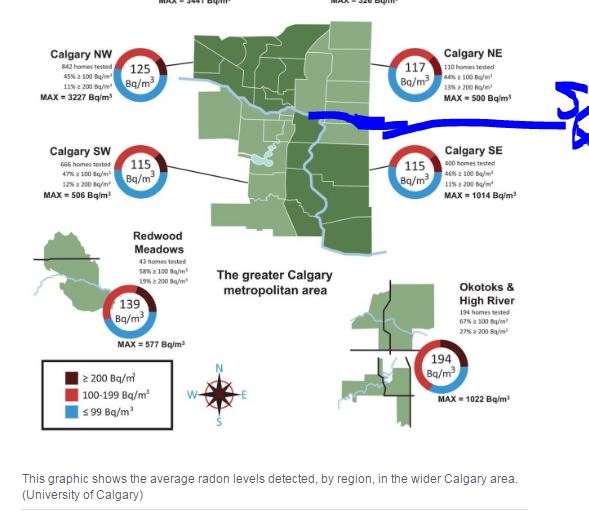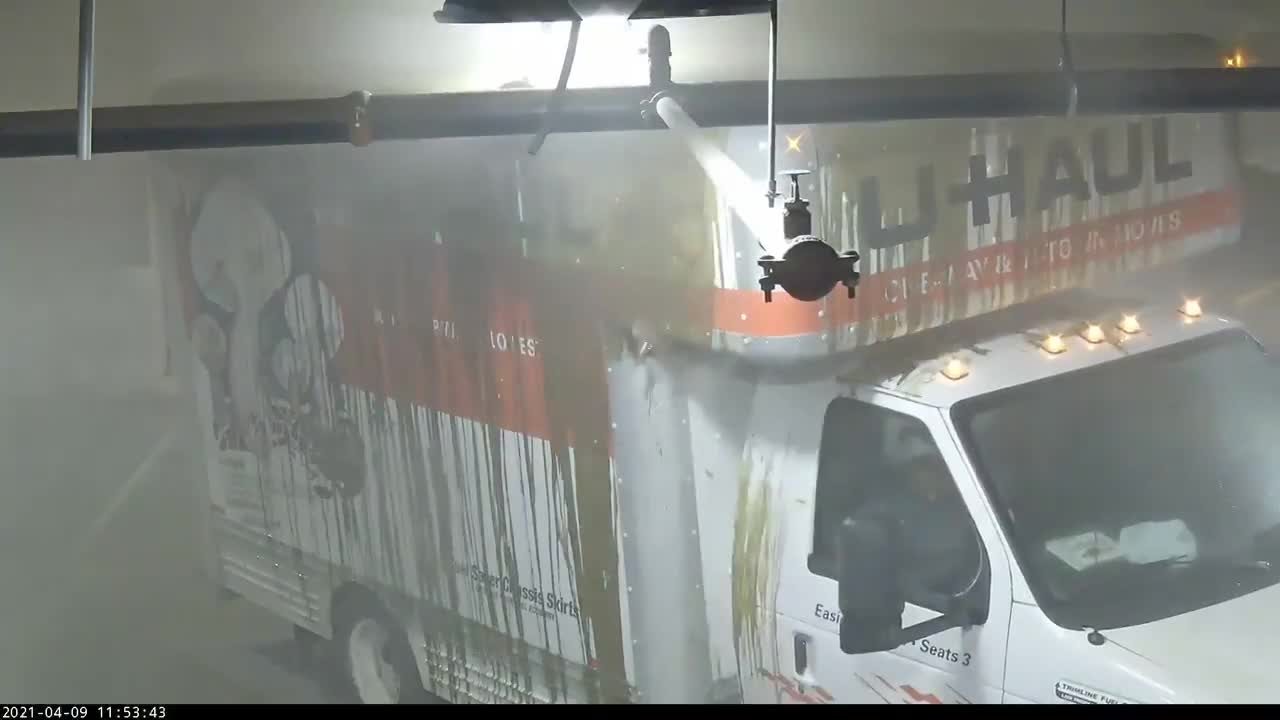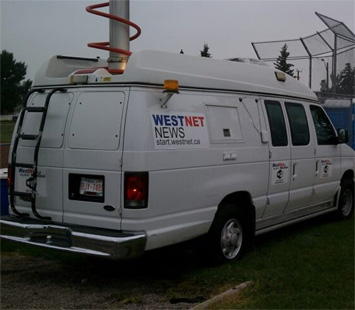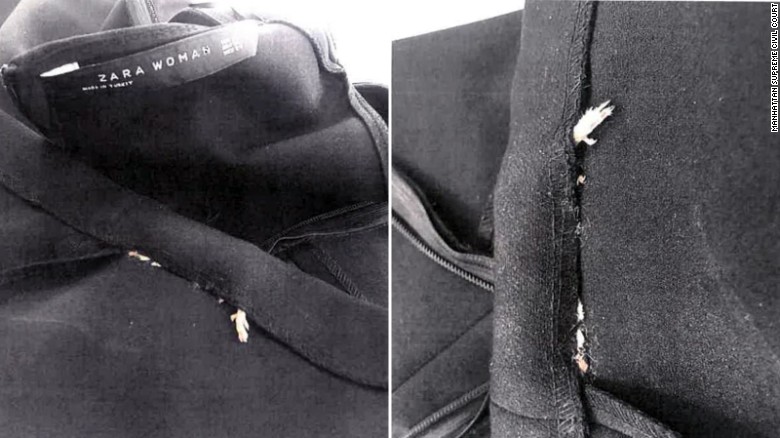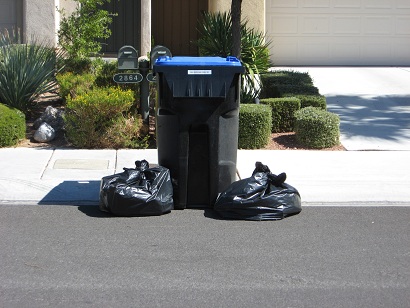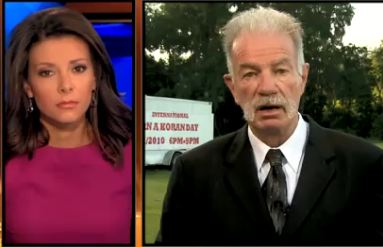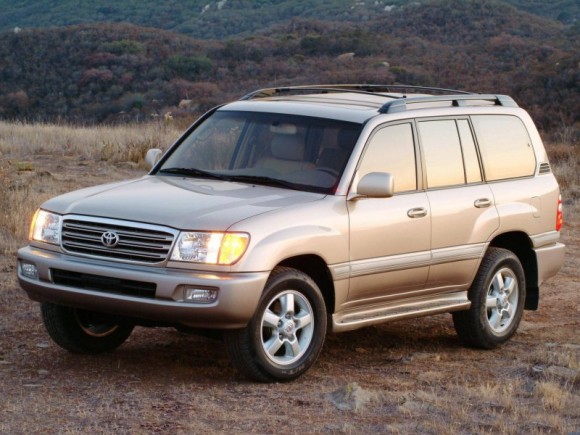Indian status: 5 things you need to know
Filmmaker dispels myths and misconceptions about Indian status in new film
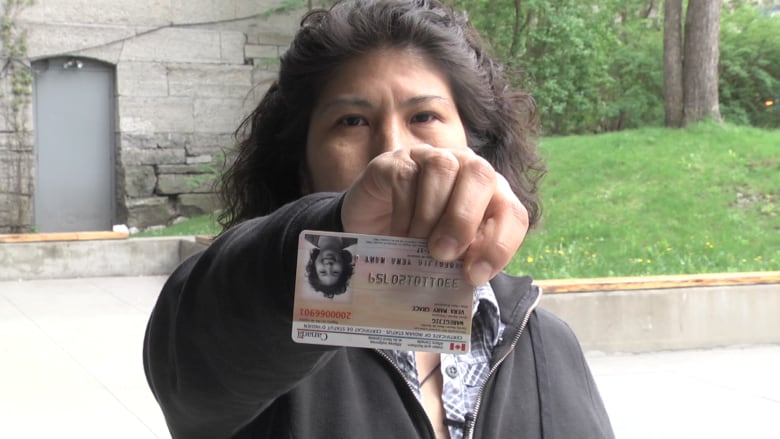
The Indian Act defines who isand who is not recognized as an "Indian," but that doesn't meanall aboriginal people in Canada have Indian status or get free education.
Filmmaker Howard Adler explores what it means to have Indian status in a new film called Status,airing tonight on CBC Television in Ottawa.
Here are fivethings he thinks Canadians should know about Indian status:
1. Not all indigenous people have status
Created in 1876, the Indian Actiswide-ranging, covering governance, land use, health care andeducation, as well as defining eligibility for Indian status.
- Mohawk womanfaces eviction threat from Kahnawake
- Court of Appeal upholds landmark ruling on rights of Mtis
The Indian Act applies only to status Indians, and despite Mtis and Inuit peoples being indigenous to Canada, it has not historically recognized them. There are also many non-status Indians who are,for a multitude of reasons,not entitled to be registered asIndians under the act.
2. Rooted in assimilation
When the legal category of "Indian status" was created,it was under federal policies of "assimilation" and "civilization" the same policies that created and implemented residential schools.
In a practical sense, it determined which individuals were entitled to rights, guaranteedthrough treaties, but from the very start, it also had,as an underlying goal,the eventual erasure of the classification "Indian."
- Visit CBC Aboriginal for more top stories
The idea was that as individual First Nations people became "civilized," they would lose their status and become "enfranchised" into Canadian society. In the past, a woman with status who married a non-status man would lose herstatus, and if someone with Indian status served in the Armed Forces,obtained a university degreeor became a professional,such as a doctor or lawyer, they would automatically lose their status.
3. Status is a race- and gender-based classification system
Basically, prior to 1985, the way that an individual's status was passed on to the next generation was dependent on their gender and the status of their partner. If a woman with Indian status married a non-status person, she would lose her status.However, if a man with status married a woman without status, she would gain status.
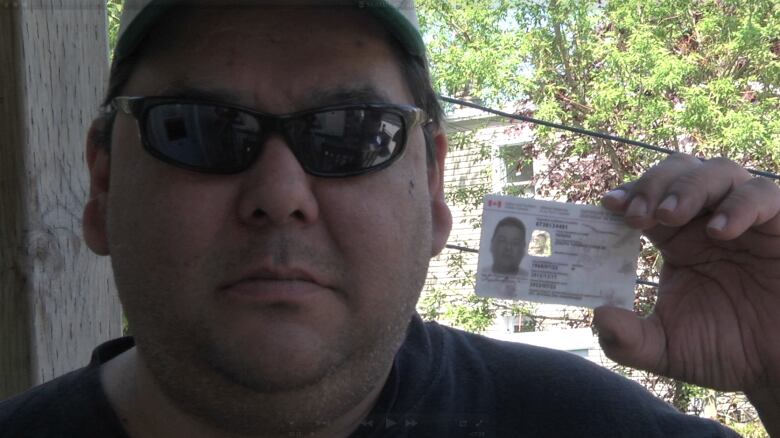
Even under the amended Indian Act, the status system can be thought of as inter-generational surveillance that tracks racial purity.Although the legislation doesn't specifically refer to blood quantum, this is essentially what it amounts to.
For example, there are twotypes of "status Indians" that determinewhether the children of a status Indian will have status or not.A 6 (1) Indian can pass their status on to their children, but a 6(2) Indiancannot unless the other parent also has status.This is often refereed to as the "second generation" cut-off.
4.Having status doesn't automatically mean 'free' university, no taxes
These are both pervasive and annoying myths that perpetuate misconceptions about indigenous people.
Education is a stipulation in post-Confederation treaties, and these treaty rights to education are constitutionally recognized in Canada,under Section 35 (1). However,post-secondary funding is limited to status Indians and does not include non-Status, Inuitor Mtis peoples.
Federally provided education funds are distributed through First Nations bands, which often don't receive amounts that actually match up with the numbers of applicants requestingfunding,resulting in long wait lists and restricted access.
As for taxes, if you're a status Indian and you live and work off your reserve (which is more than half of all status Indians), then you are certainly paying both federal and provincial taxes.
Tax exemptions only apply in very specific, limited situations, and for the most part, this means goodsand services and income are only tax-free on the reserve.
5. The status system is problematic, but it doesn't have to be
Bill C-31 included revisions that separated Indian status from band membership, granting bands responsibility for developing and managing their own membership,meaning someone without status can now be a member of a First Nation.
But there's a catch: despite the fact that bands can determine their own membership, Aboriginal Affairs and Northern Development (formerly known as Indian and Northern Affairs Canada) provides funding to bands only for status Indians, not for band members.
Statuswill air on Saturday,Aug.23at7 p.m. ET on CBC-TV inOttawa as a part of an Absolutely Ottawa series calledOttawa Docs.
- Back to CBC Aboriginal

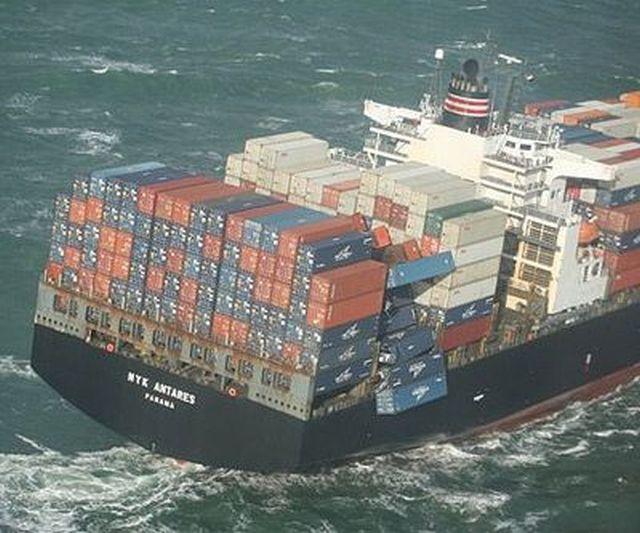


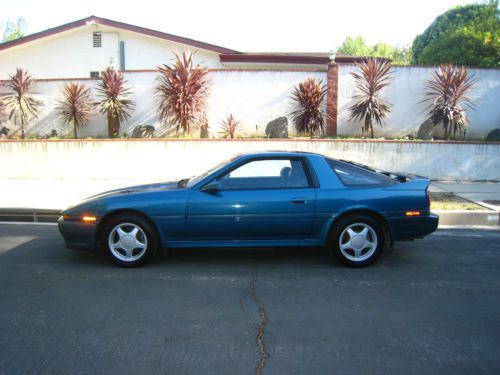


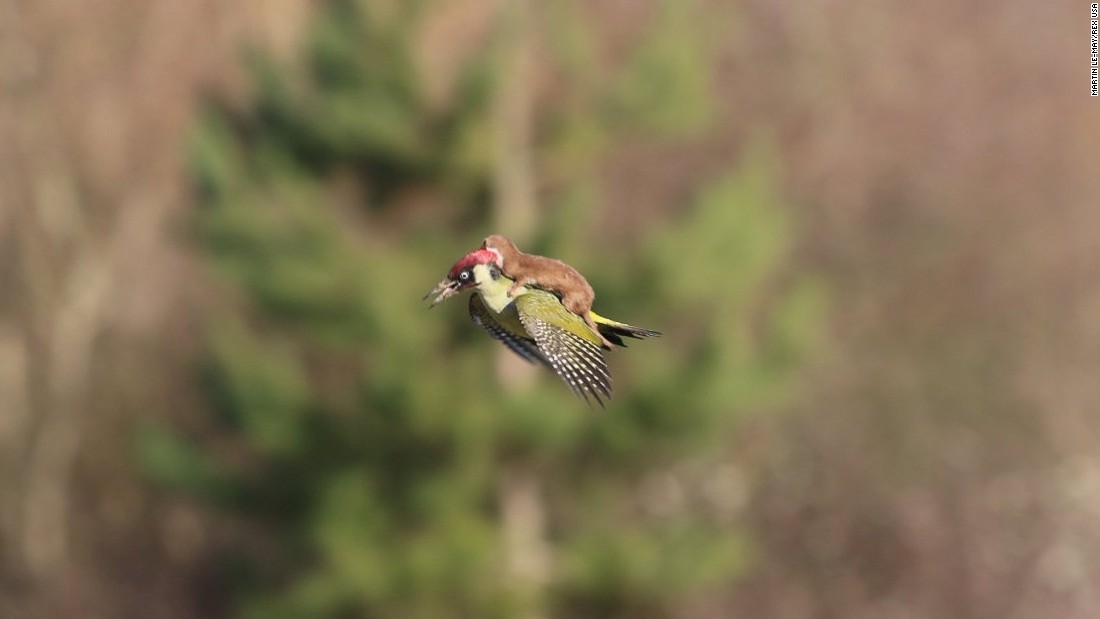
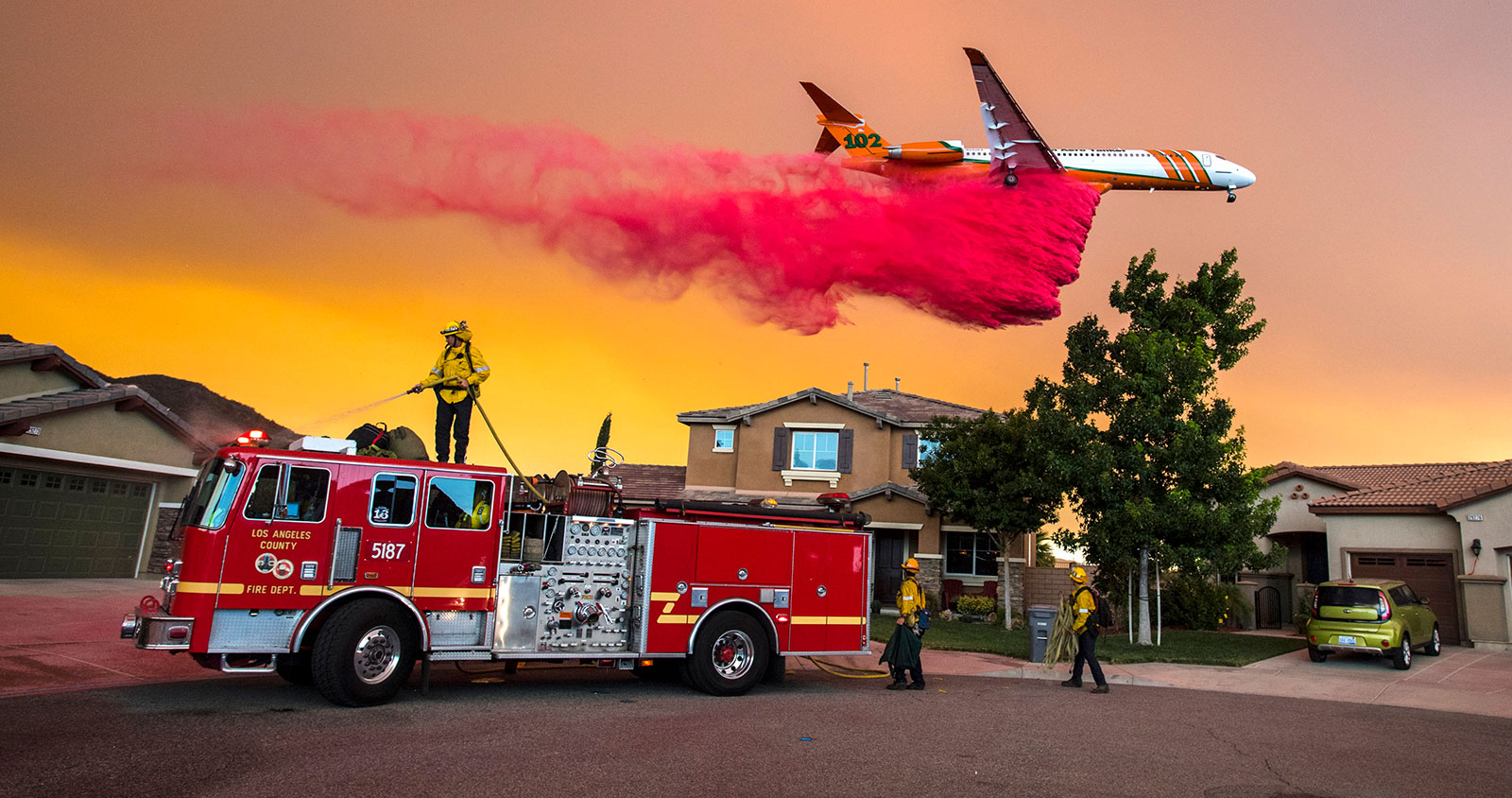



_(720p).jpg)
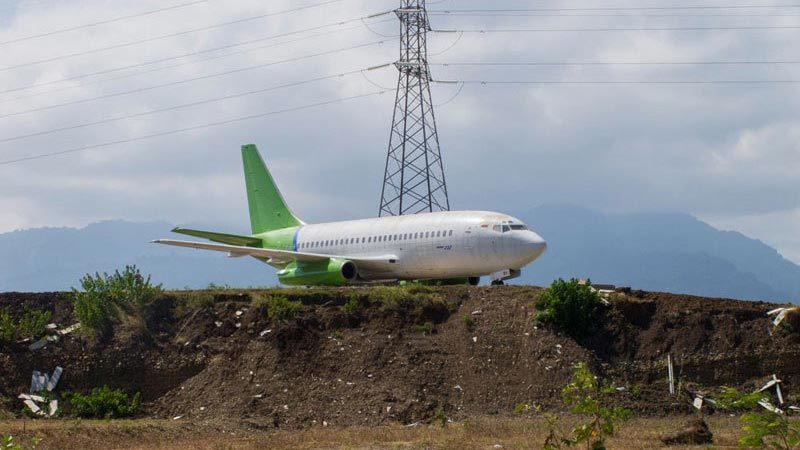
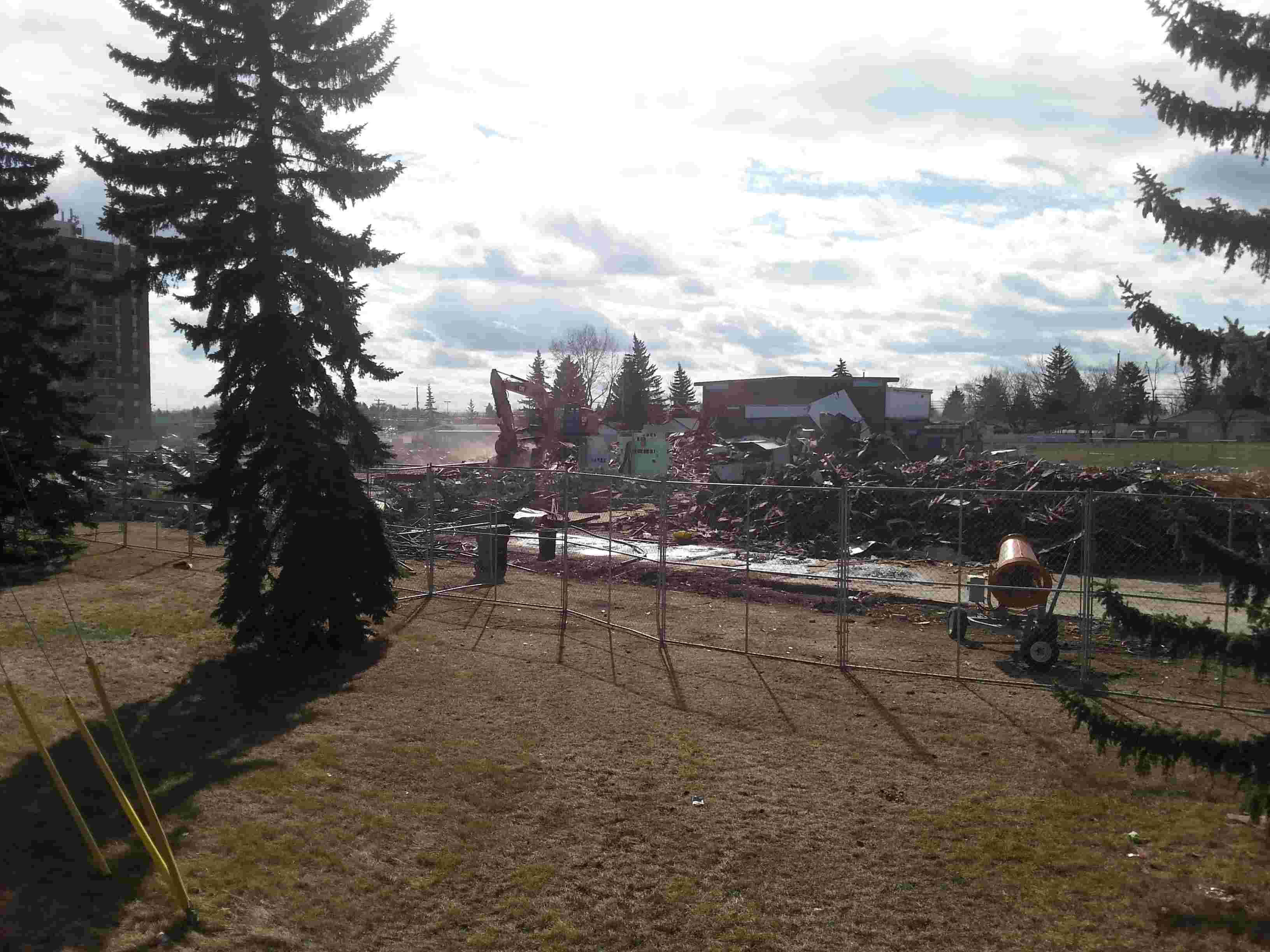
 OFFICIAL HD MUSIC VIDEO.jpg)
.jpg)



